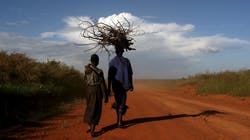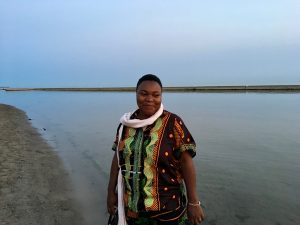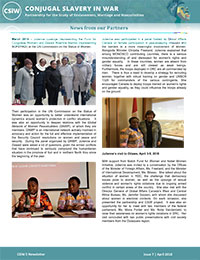Seulement disponible en anglais
By Teddy Atim
For over two decades between 1986 and 2006, northern Uganda experienced a prolonged conflict pitting government forces against the Lord’s Resistance Army (LRA) rebels. The conflict, the longest of Uganda’s post independence struggles, was rooted in the colonial legacy of divide-and-rule. This was often along ethnic and regional lines.
The conflict had a devastating impact on the population. People were killed, maimed, displaced, tortured, abducted and raped. At the height of the conflict, nearly 2 million people were displaced in the two most conflict affected sub regions – Acholi and Lango.
A study found that approximately 100,000 people were killed during the conflict, with another 60,000 to 100,000 abducted by the LRA. Some never returned, most of whom are presumed dead. The study further conservatively estimates that 24,687 individuals were victims of wartime sexual violence and that approximately 3,000 – 8,000 households in the regions have children born of these wartime sexual violence.






